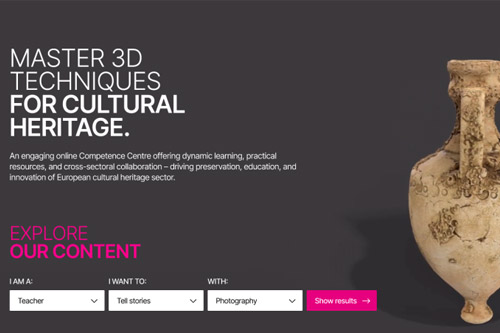
The transformative power of 3D technology is reshaping how we preserve and experience cultural heritage, offering innovative ways to connect with history like never before. At the Conference on Cultural Heritage and New Technologies in Vienna, hosted by ICOMOS Austria, these groundbreaking advancements took center stage, showcasing a future where cutting-edge tools breathe new life into the stories of the past in part of the 5D culture project.
The 5DCulture initiative has achieved remarkable milestones that showcase the innovative integration of technology and cultural heritage. Among its standout achievements were the virtual try-on of 3D fashion pieces in museums and a social VR use case, which demonstrated how museums can create immersive and interactive experiences for visitors. Other notable highlights included the development of high-quality 3D digitization practices at the Brú Na Bóinne World Heritage Site and novel educational applications for 3D in archaeology, offering a dynamic way to explore history.
In a breakthrough for creative engagement, the project unveiled holographic postcards from Idrija—a cutting-edge application of 3D technology that bridges the tangible and digital worlds, offering a unique and interactive way to share cultural heritage.
The conference also featured Arctur’s Matevž Straus, who introduced the 3D Heritage Portal. This platform allows for online storage and creative reuse of 3D models, enabling applications such as the holographic postcards and other cutting-edge tools. Additionally, new AI-enabled services were revealed, including automatic image colorization, 3D effects generation from a single photo, and 4D city modeling from historical maps, further expanding the possibilities of 3D cultural exploration.
Although the conference marked the conclusion of the EU-supported 5DCulture project, it is far from the end of this journey. Plans are already in place for demonstration projects in 2025 and the establishment of a virtual competence center for 3D cultural heritage, ensuring the legacy of 5DCulture continues to inspire innovation in the field.
As the 5DCulture project transitions into its next phase, it leaves behind a legacy of groundbreaking achievements and a vision for the future where technology and heritage converge to educate, engage, and preserve. The journey of blending the past with the future continues, promising even greater innovations ahead.



